Development of transport and trade
After completing the Saigon - My Tho railway (1882 - 1886), the government started the construction of the Saigon - Nha Trang railway (1904 - 1913). This was the starting line for the Saigon - Hanoi railway (the whole line was open in 1936). From Hanoi, the vital route also went up to Yunnan - China. On the other hand, in 1933, the Saigon - Lai Thieu - Loc Ninh railway was opened to bring rubber products to Saigon. The government also planned to connect to Tay Ninh to go to Cambodia, and from there to Laos and Thailand.
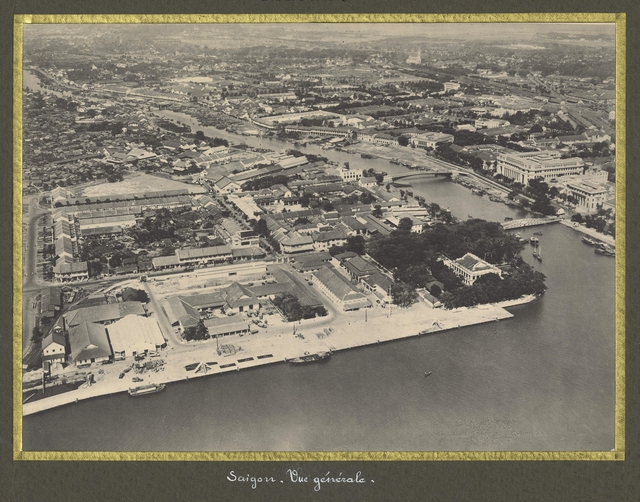
Photo of Khanh Hoi port area and the financial - banking street next to Tau Hu canal in the 1930s
Photo: National Library of France
Therefore, Saigon Central Station was completed at the same time as Ben Thanh Market. Both are connected to Saigon Commercial Port by road and tram route La Somme (Ham Nghi) Avenue. Opposite the station is the Indochina and Yunnan Railway Company building. The front of Ben Thanh market and the train station area faces a large square (Quach Thi Trang square). In addition, Bonard avenue (Le Loi) from the Opera House was extended here, connecting with the newly opened Galliéni Avenue (Tran Hung Dao) to have a fourth road going straight to Cho Lon. This entire traffic and commercial complex is an outstanding planning success of Saigon in the 1910s - 1920s. It is also the first model in Vietnam of the Transit - Oriented Development - TOD model that we are continuing to implement now.
Meanwhile, Tan Son Nhat Airport - 700 hectares was built in 1913, completed in the 1930s. In 1931, the Saigon - Marseille, Saigon - Paris, and then Saigon - Hanoi routes began operating. Before that, from 1929, Saigon had seaplane tours from the riverbank (Bach Dang Wharf) to Angkor Siam Reap - Cambodia. At the same time, the Indochina Tourism General Department was established, with its headquarters in Saigon.
Regarding waterways, in 1881, the Company Messageries Fluviales de Cochinchine - Southern River Transport was established. Later, the CSNT Company was added, both of which deployed passenger and cargo ships from Saigon to the provinces of Southern Vietnam and even Cambodia, Laos, and Thailand.
Preparing for the post-World War II development period
It can be said that, up to 1945, Saigon - Cho Lon was a beautiful city, efficiently arranged, with many modern amenities, not inferior to the advanced cities in Asia. Many new and beautiful architectures bearing the mark of the East - West fusion, became symbols of a dynamic and multicultural city such as Nha Rong (headquarters of the shipping company Messageries Maritimes), Opera House, Cathedral (since 1959 named Notre Dame Cathedral), Blanchard de la Brosse Museum (History Museum), Ben Thanh Market, Post Office, Court, Governor's Palace and Governor's Palace of Cochinchina (City Museum).
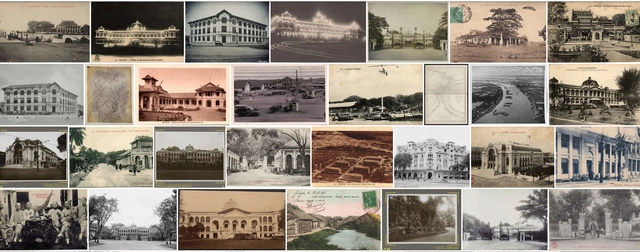
Collage of typical architectural postcards of Saigon before 1945
Photo: Collection Nguyen Dai Hung Loc
In 1940 - 1943, the French government planned to expand and rebuild Saigon - Cho Lon, anticipating development opportunities after World War II. Specifically, the port areas, Ben Thanh market, central train station, Charner - Bonard intersection (Nguyen Hue - Le Loi) were planned to be renovated and rebuilt. The train station and Ben Thanh market were planned to be high-rise buildings. Along Le Grand de la Liraye Avenue (Dien Bien Phu), there will be more skyscrapers.
Saigon commercial port is planned to expand towards Nha Be and Can Gio. In particular, a large seaplane terminal will be established in Ganh Rai Bay. Tan Thuan area, adjacent to Khanh Hoi port, is planned as an industrial zone (in 1991, Tan Thuan Export Processing Zone was formed here). Factory clusters have sprung up around the port and railway. In 1941, Pétain Bridge (Y-shaped bridge) - 900 m was inaugurated, connecting Cho Lon and the city center with the Chanh Hung - Binh Xuyen area. This is a favorable area to expand industrial facilities from Cho Lon to the other side of the river. However, the new plan could not be implemented because in March 1945, Japanese fascists overthrew the French government throughout Indochina.
However, the Pearl of the Far East also had its "hidden side". That was the fact that a large number of workers and the poor lived in unsanitary thatched-roof neighborhoods, behind the frontage buildings or along the canals. It was not until the 1930s and 1940s that the government had a plan to build some housing areas for the working class. The first "labor residence" to be built was the Aristide Briand residence, located in the Vuon Chuoi - Ban Co area (Do Thanh residence) with about 100 houses. In the following decades, the city continued to expand and had to deal with many problems of war, population explosion... (to be continued)
Source: https://thanhnien.vn/hoan-thien-thanh-pho-quy-mo-lon-1900-1945-185250410204317612.htm



![[Photo] Prime Minister Pham Minh Chinh receives Mr. Jefferey Perlman, CEO of Warburg Pincus Group (USA)](https://vstatic.vietnam.vn/vietnam/resource/IMAGE/2025/4/18/c37781eeb50342f09d8fe6841db2426c)




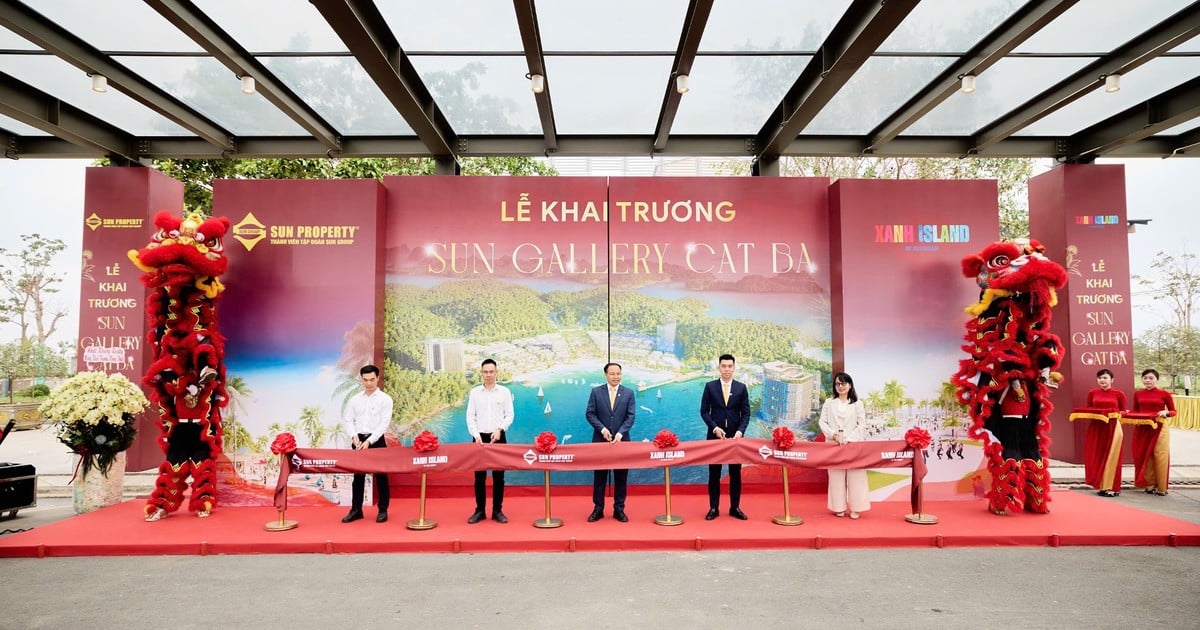

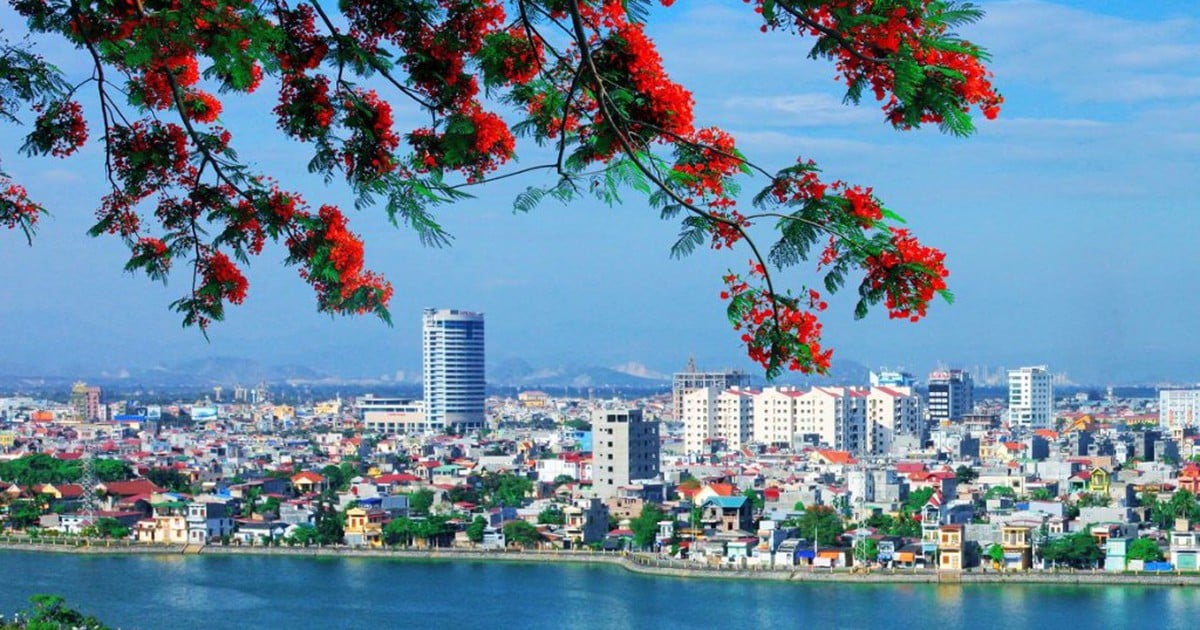

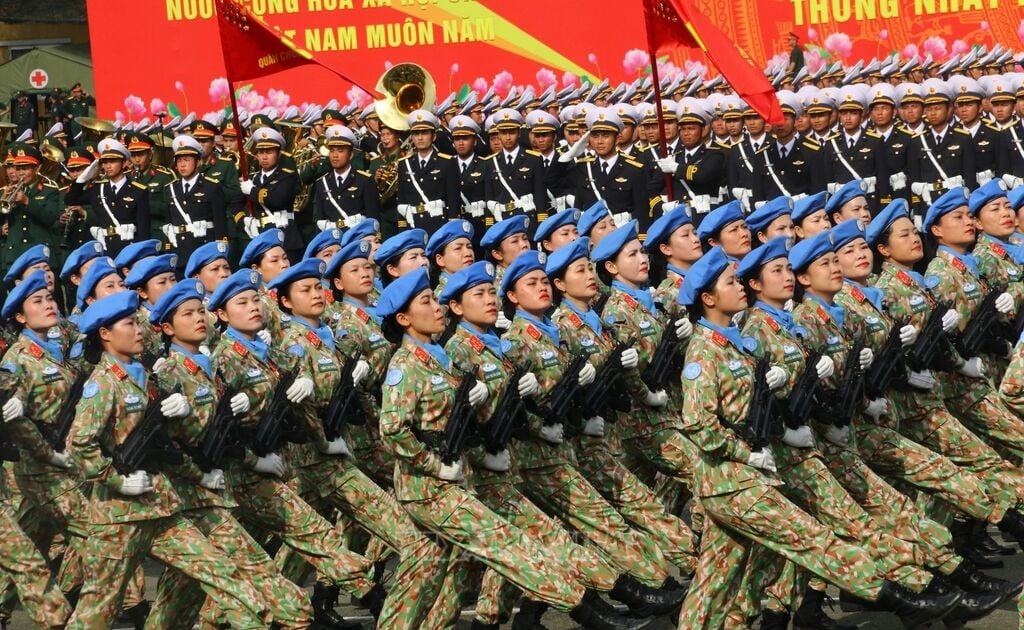
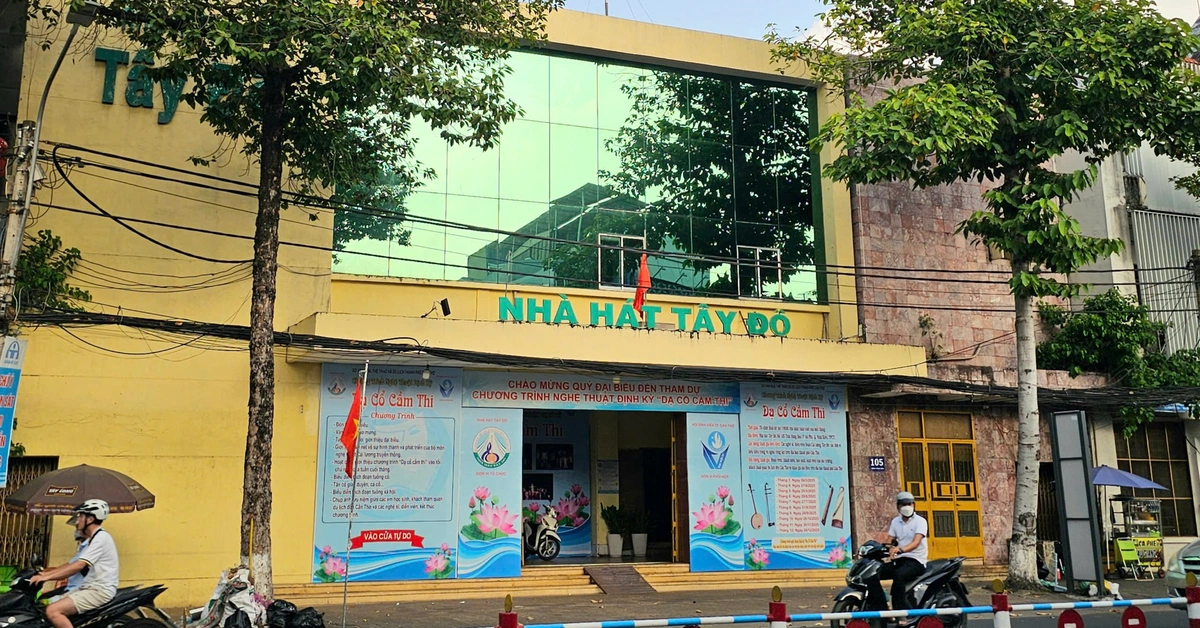





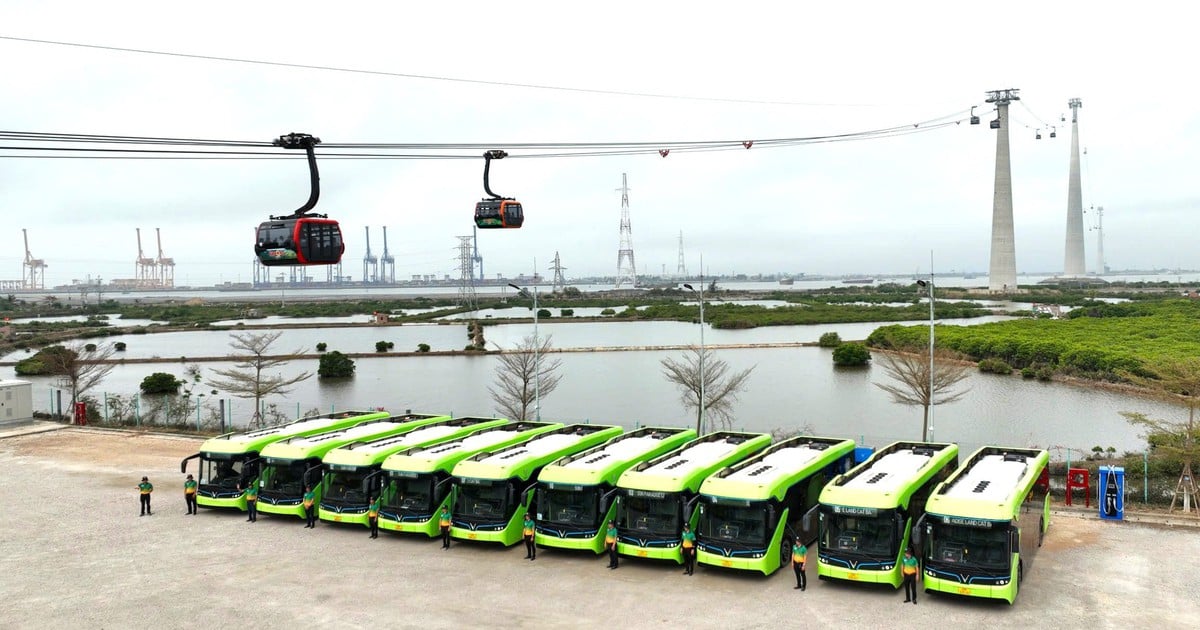
































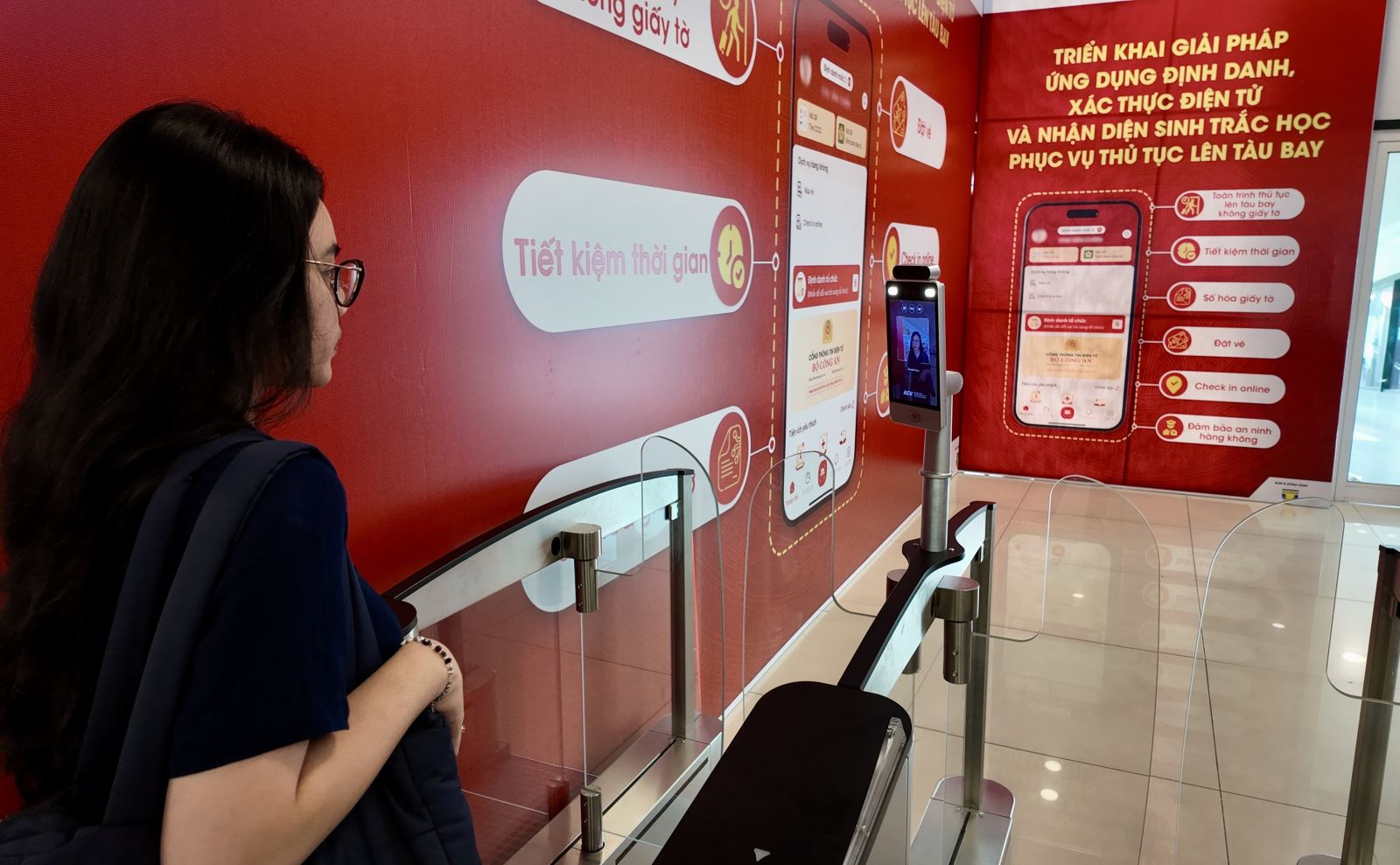












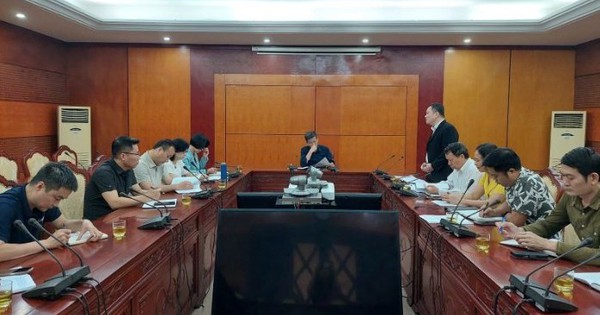







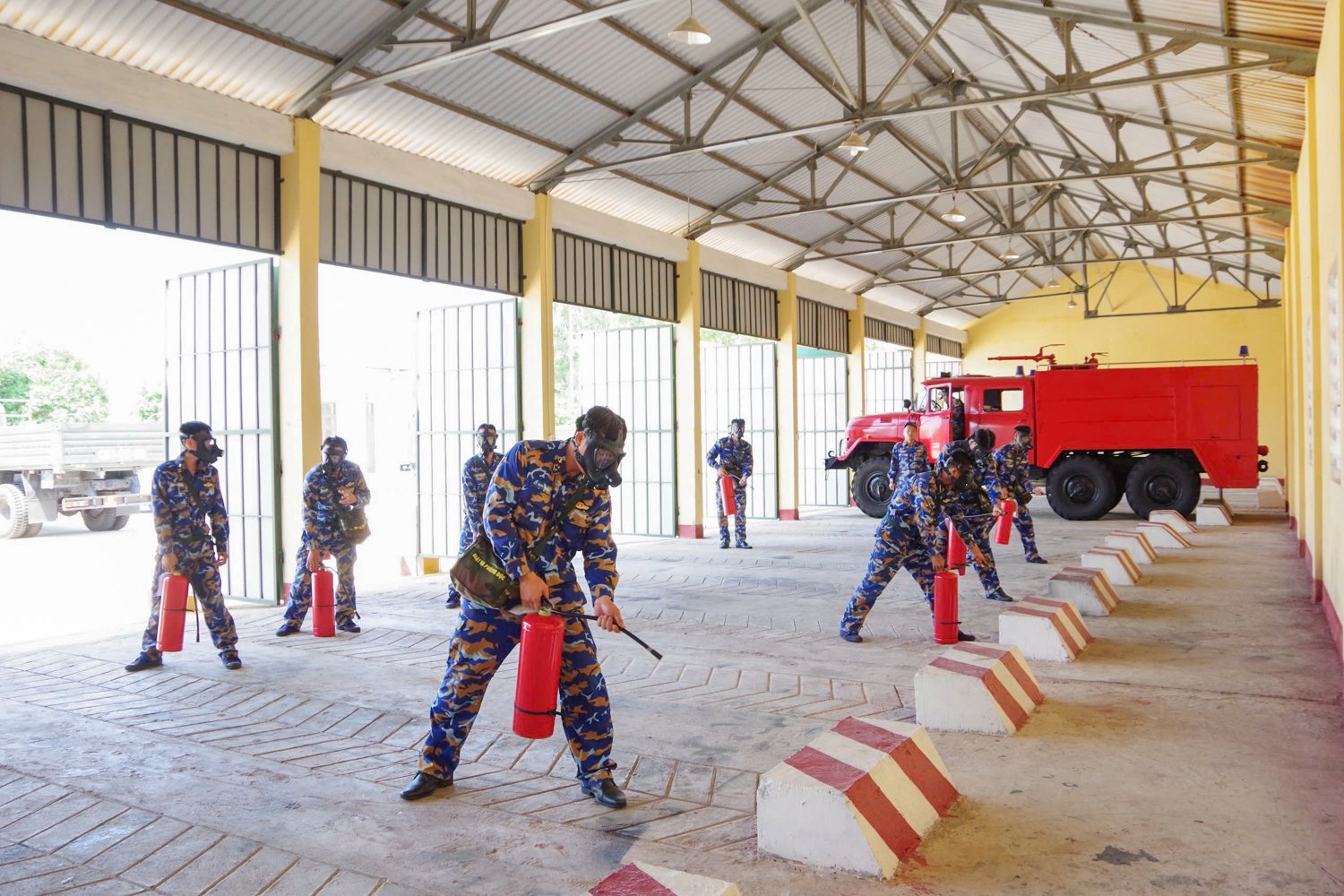





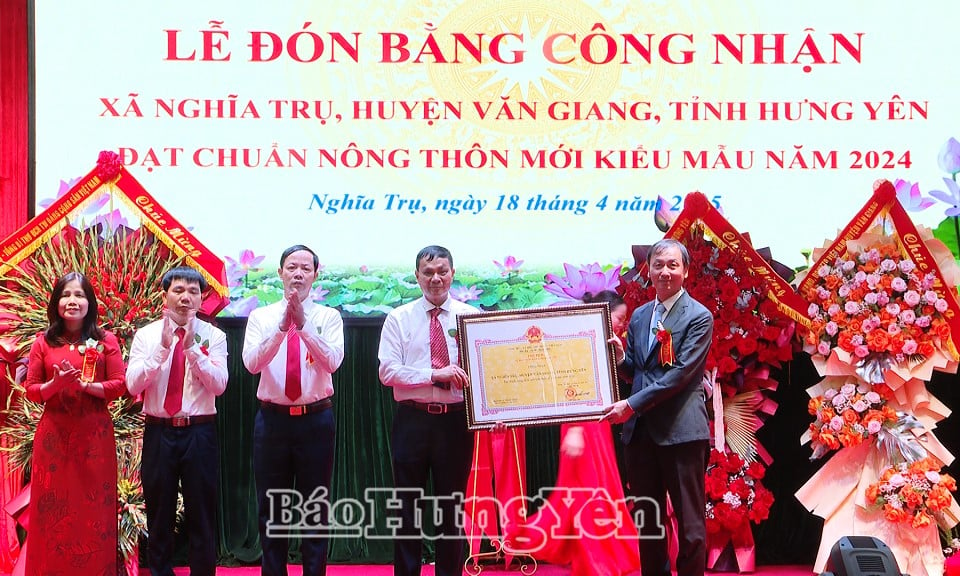












Comment (0)